Community Trails and Greenways: Going Beyond the Path
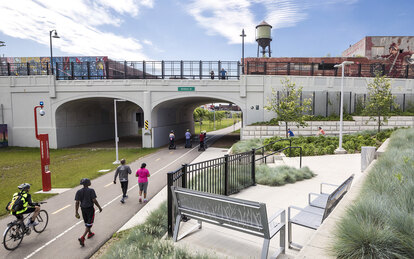
As more communities invest in trail and greenway networks, it’s important to think beyond the physical path. These networks can simultaneously support transportation, public health, environmental and community-identity goals, but only if they are planned and designed with intention. Based on our experience collaborating on trail systems across the country, here are a few key lessons for communities looking to get it right.
Treat Trails as Civic Infrastructure
Trails are not just recreational amenities. They are part of a community’s infrastructure system, just like streets and utilities. When planned as civic infrastructure, trails can support broader goals such as connecting neighborhoods, improving access to jobs and services, and creating safe, active transportation routes. Communities should consider how trails fit into their larger transportation and land use network. This includes thinking about connections to transit, schools, commercial areas, and other public spaces.
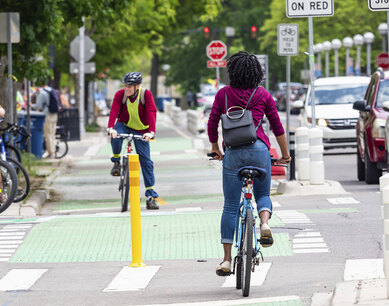
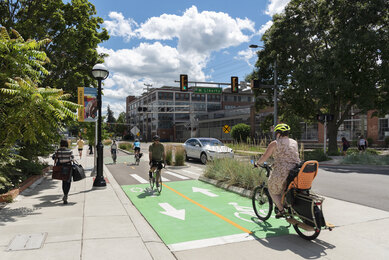
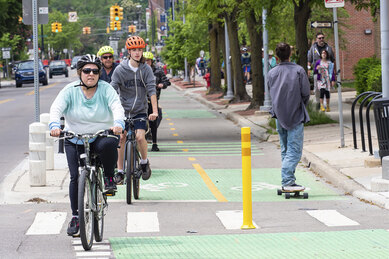
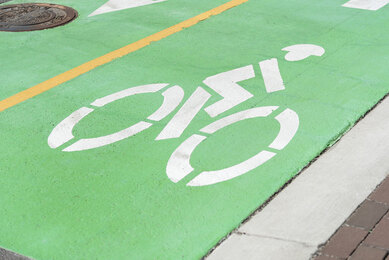
These street improvement projects in Ann Arbor, MI integrated dedicated bicycle lanes, sidewalk and crossing improvements and traffic calming to make walking and biking a safer and more integrated part of the city's transportation network.
Prioritize Equity from the Start
Equity should be a guiding principle from the beginning of any trail project. This means identifying who the trail is for, who might be left out, and how to ensure access for all users. It also means engaging with communities early and consistently, not just to inform them but to involve them in shaping the project. If we are not engaging future users early and consistently, we are missing the point. Trails should be shaped by the people who will use them.
Be mindful of how infrastructure decisions have historically impacted communities of color and low-income neighborhoods. Trails should help repair those harms, not repeat them.
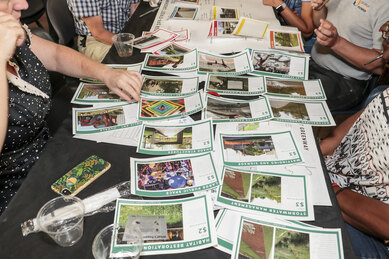
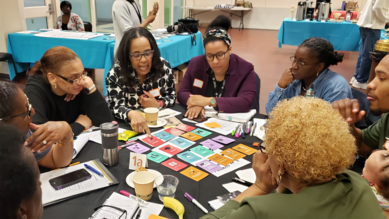
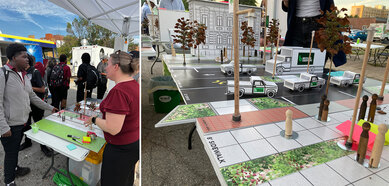
These examples from Detroit, Chicago and St. Louis show how engaging workshops, tours and interactive events let community members play a pivotal role in shaping their future greenways.
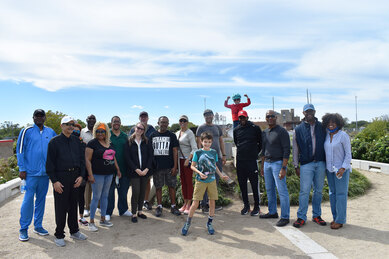
Design for Multiple Benefits
Greenways represent an opportunity to do more than just connect places. They can manage stormwater, restore habitat, and improve public health at the same time. These benefits are especially important in urban areas where green space is limited. Look for opportunities to integrate green infrastructure into trail corridors. This can include bioswales, native plantings, tree canopy, or permeable surfaces. These features can reduce long-term maintenance costs while improving environmental performance.
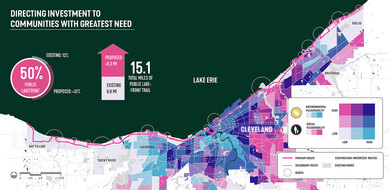
To realize multiple benefits through trail development, Cuyahoga County, Ohio prioritized its investment in lakefront access improvements for the communities with the greatest coastal protection and social equity needs along its 32 miles of Lake Erie shoreline.
Build a Multidisciplinary Team
Trail projects involve complex considerations of land use, engineering, ecology, community engagement, and more. A successful project requires input from a range of disciplines and stakeholders. Communities should bring together planners, engineers, landscape architects, environmental specialists, and local advocacy and neighborhood groups to ensure the trail meets a wide range of needs. Collaboration across departments and organizations is key.
Plan for Long-Term Stewardship
Building a trail is just the beginning. Long-term success depends on maintenance, programming, and community ownership. Consider who will be responsible for upkeep, how the trail will be funded over time, and how it will continue to serve evolving community needs. Partnerships with local nonprofits, neighborhood groups, and public agencies can help ensure the trail remains active, safe, and well-used.
Greenways and trails are powerful tools for community development, but they require thoughtful planning and inclusive design. By treating trails as infrastructure, prioritizing equity, designing for multiple benefits and building strong partnerships, communities can create trail systems that deliver lasting value.